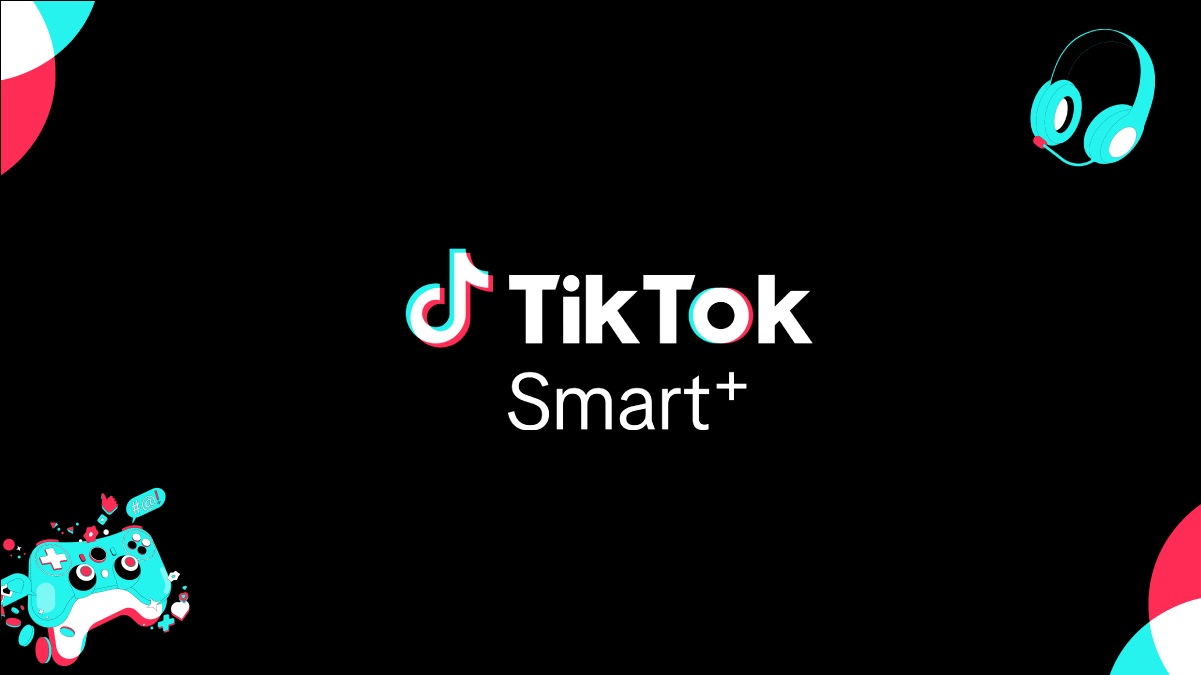Citrix released the Citrix Mobile Analytics Report for the fourth quarter of 2013.  The Mobile Analytics report provides insight into mobile data subscriber usage patterns and the impact of this behaviour on operators’ networks. Key findings from this quarter’s report include:
The Mobile Analytics report provides insight into mobile data subscriber usage patterns and the impact of this behaviour on operators’ networks. Key findings from this quarter’s report include:
Instagram vs. Vine: Which Drives More Network Traffic?
In January 2013, Twitter released Vine, a social video sharing platform that enables 6-second video clips. In June 2013, photo sharing platform Instagram responded by offering 15-second videos, which have quickly grown to represent between 15 and 30 percent of all Instagram data traffic on mobile networks.
The latest Mobile Analytics Report examines Instagram video and Vine traffic, revealing that the average Instagram video is 1.8 times larger than the average Vine video. When it comes to overall mobile data volume, for the moment Instagram video has the lead, generating six times more mobile traffic than Vine.
Three Apps Generate the Majority of Android Traffic
When it comes to the top mobile apps on Android, three apps – Media Player, Mobile Browser and Google Play — generate 83 percent of mobile data volume on Android devices with Media Player accounting for more than half.
This is comparable to the 82 percent of data volume associated with the top four apps on iOS devices – Media Player, Safari, App Store, and Facebook – as reported in the second-quarter 2013 Mobile Analytics Report.
With one percent of data traffic and three percent of transactions, Facebook generates substantially less traffic on Android devices than on iOS devices. Similarly, eBay did not cross the one percent transaction threshold on Android devices, as it did on iOS devices.
Impact of Advertising on Mobile Networks
Over the past two years, the Mobile Analytics Reports have analyzed over 150 mobile ad networks worldwide. With the proliferation of smartphones and tablets, mobile advertising has seen significant growth and today accounts for 1.6 percent of iOS data traffic and 2.2 percent of Android mobile data traffic, an increase from one and two percent, respectively, as reported in Q1 2012.
In the Q1 2013 Mobile Analytics Report, it was revealed that three out of ten mobile subscribers are served ads, and that a single video ad is ten times larger than an image-based ad.
The current report further reveals that subscribers are served image-based ads twenty times more frequently than video-based ads, a ratio that is likely to change to include much more video ad content in the months and years ahead, as suggested by the November 1st rollout of the first video ads on Instagram.
“The Mobile Analytics Report offers an up-to-date look into current subscriber and content ecosystem trends and, consequently, serves as a preview of the changes operators around the world will begin to see on their own networks,” said Mark Davis, senior director of Product Marketing, Service Provider Platforms, Citrix. “We’ve been tracking many of these trends since their inception including, for example, changes in leading mobile video formats. Since 2010, we’ve seen a shift from FLV, a laptop-centric format, to MP4 and DASH, which are smartphone-centric formats. Operators can leverage this type of information to better ensure a great user experience. At a macro level, the report findings reflect not just the worldwide proliferation of smartphones but the pervasive nature of mobile video in everyday life and commerce.”
The Citrix Mobile Analytics Report anonymously sources data traffic statistics from Citrix ByteMobile deployments in the 3G and 4G networks of global tier-one mobile network operators and provides insight into the current state of the mobile ecosystem. Its findings have been cited widely by industry market research firms and the media.





